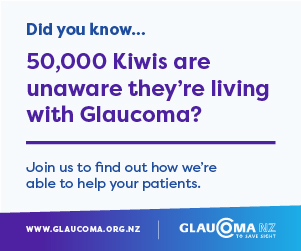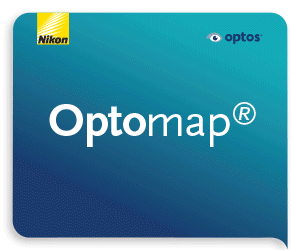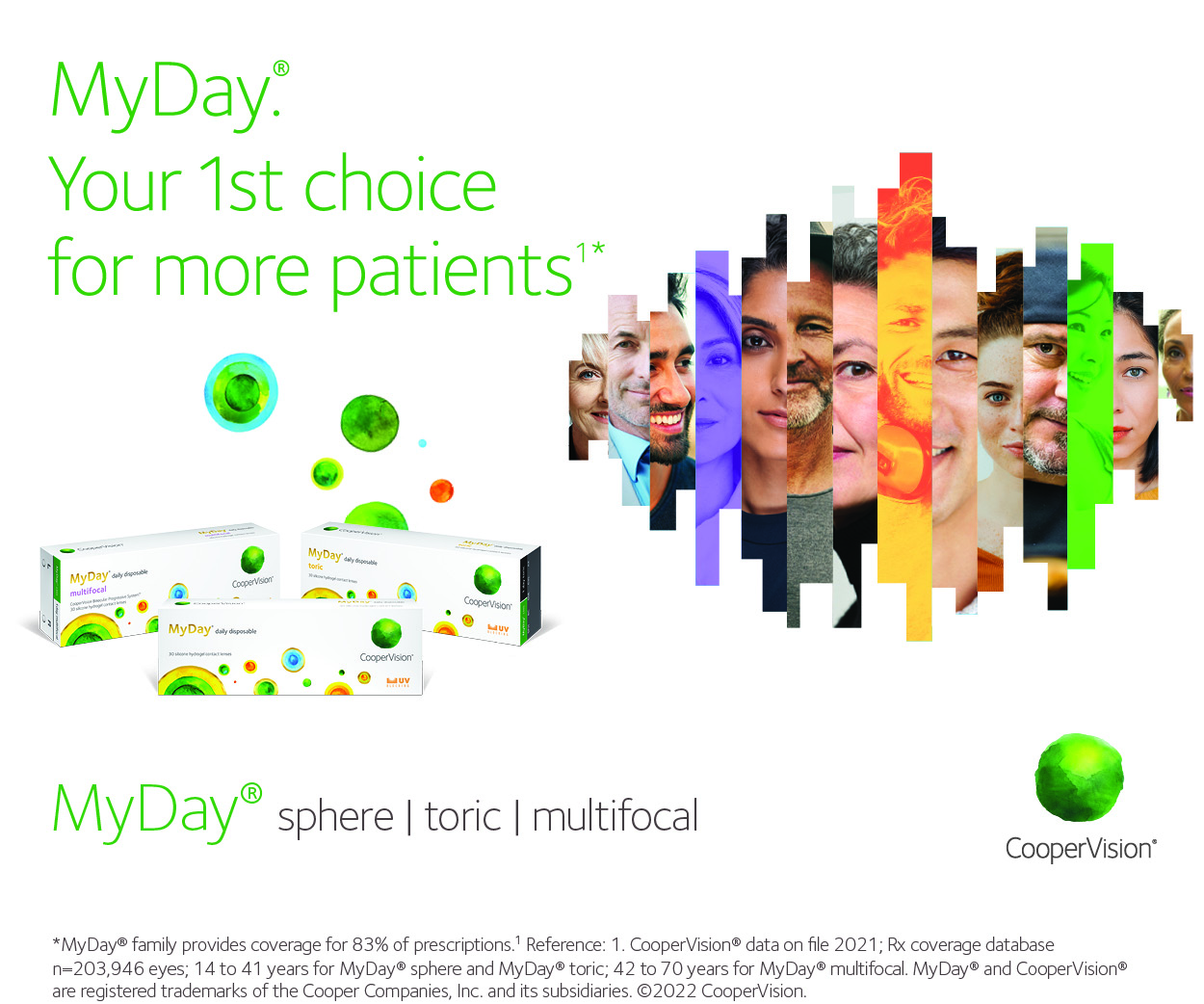’Automated gonioscopy’ a reality?
November 11, 2022
Staff reporters
Researchers in Singapore said they achieved good diagnostic performance for detection of gonioscopic angle closure by teaming a deep learning algorithm (DLA) with 360° swept-source optical coherence tomography (SS-OCT).
Led by Dr Natalia Porporato, Singapore Eye Research Institute, researchers used the DLA to analyse 39,936 SS-OCT scans from 312 phakic glaucoma clinic subjects, 80% of whom were Chinese and 57.5% were women. Gonioscopic angle closure was detected with 83% sensitivity and 87% specificity. “Such an algorithm, independent of the identification of the scleral spur, may be the foundation for a non-contact, fast and reproducible ‘automated gonioscopy’ in future,” concluded researchers.



























